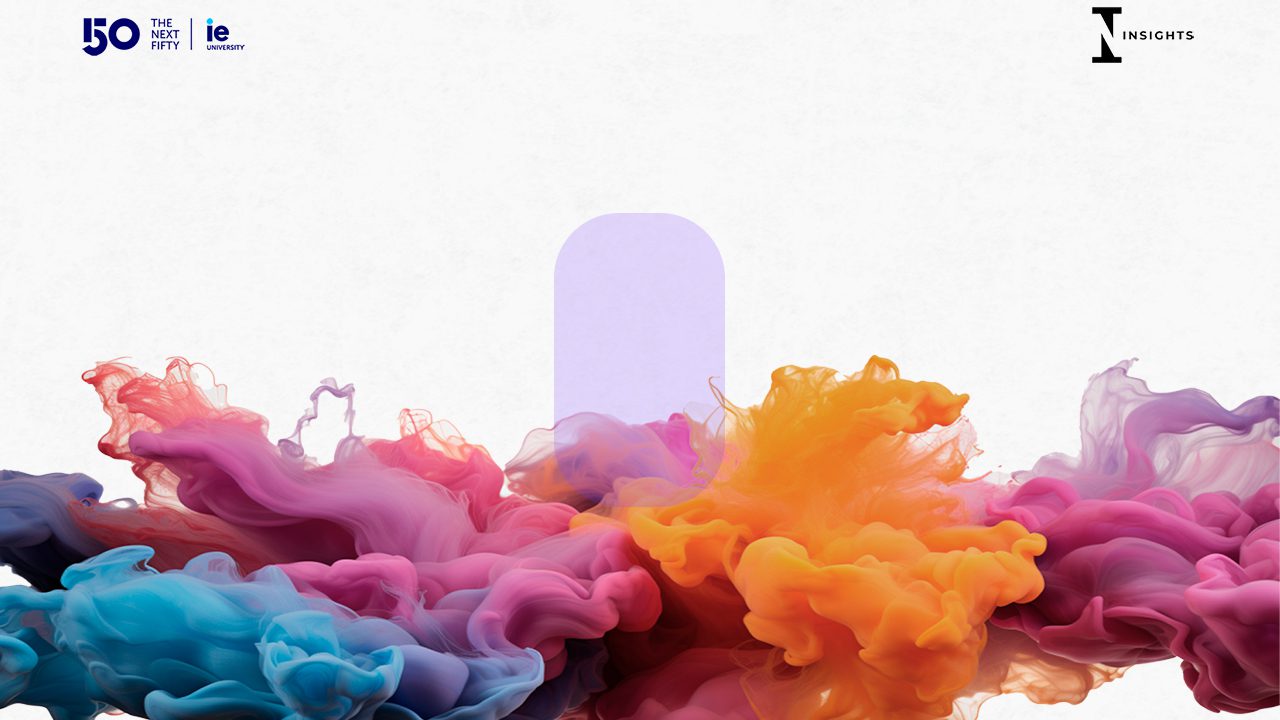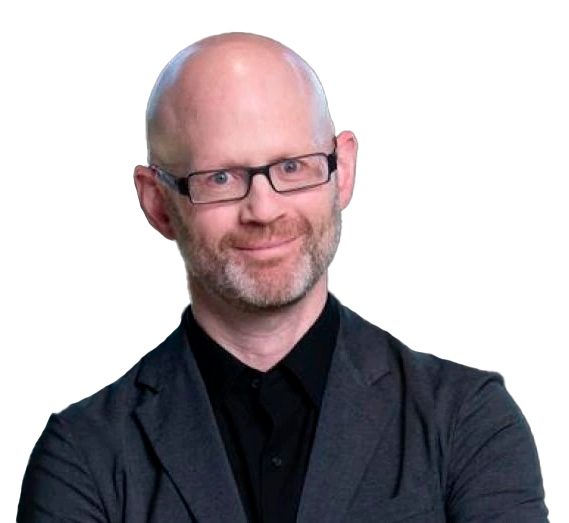Link copied
IE insights - IDEAS TO SHAPE THE FUTURE - Creativity

Creating Our Future
The shared experience of creative collaboration will shape the future.
One of the most exciting transformations of the coming half-century will be driven by the intertwined relationship of human creativity and generative artificial intelligence (AI). We are today in the early moments of this change. Many of us have already begun to experiment with generative AI tools to produce novel images, conceptual designs, or texts. For the moment, most of it is of rather dubious quality, but the making of the work itself is somehow thrilling. It’s an experience that is at once exhilarating, terrifying, and slightly hilarious.
We are at the beginning of the beginning of what will very likely transform how and why creative work is done. New sorts of creative work will continue to emerge, following on the recent collaborations between artists and AI platforms like Midjourney, Stable Diffusion, and Dall-e.
Is this a threat to those of us who work in and educate for the creative industries? Perhaps. On the one hand, it seems likely that generative AI will be capable of doing some, or possibly most of what we currently do as architects, designers, and creative professionals. Many outward manifestations of creativity—the products of creative labor, we might say—can already be achieved using present-day generative AI tools, tools that will seem as primitive as Pong in a matter of years or months. The quality of this AI-powered creative work is uneven. It is wholly derivative of previous creative work. Yet the same could be said of some of what humans produce on their own. So, yes, we may be losing our monopoly on creative work. I would argue, though, that this development hardly makes us replaceable. Nor does it make creative work redundant or unnecessary.
In fact, the creative arts and industries—from the design of the city to the design of a table utensil—have an intrinsic function for humanity. Such work has value for the end user, certainly, but perhaps more importantly, it has value for the maker—for the person doing the creative work. Why have humans persistently left visible traces of themselves throughout time? Why have we felt compelled to narrate, depict, and interpret what we see? Why do we pick up the pen or the paintbrush? Why do we sing to ourselves when no one is listening, and compose pop songs, symphonies, and musical comedies about everything and nothing at all?
Why do we create? It’s simple: we are creators.
Creativity is useful, yes. It can help us solve crucial problems, in business and society. But more than that, creativity is at our core. To imagine and to make. To do. Whether or not it’s strictly needed, the child’s drawing or our absent-minded singing is an act intimately tied to our humanity, fundamental to human experience. Creativity is not simply instrumental. It’s essential.
In the coming years (and days), AI will lead to quite a lot of reflection on what exactly makes us human. And I would argue that doing, making, creating—these are at the core.
Now, this might suggest a radical turn to art-for-art’s sake autonomy. If we argue that the importance in creative work is in making the work itself (not the result), it could be taken as withdrawing from the challenges of the world into our own personal creativity. But let’s go beyond that. Because it is through making that we are able to understand and inhabit our world fully, and it is only through such experiential and contemplative action that we can hope to inflect the direction of external events and help solve the many problems that surround us.
Furthermore, with human creativity comes collaboration. We may enjoy working virtually, or with AI platforms, but we nevertheless find pleasure in collaborating with our human colleagues, coming together to learn and work and experiment. It is precisely this bodily, lived, shared experience that will shape the future.
The work of creation is important for what it does. It is also important in the doing.
